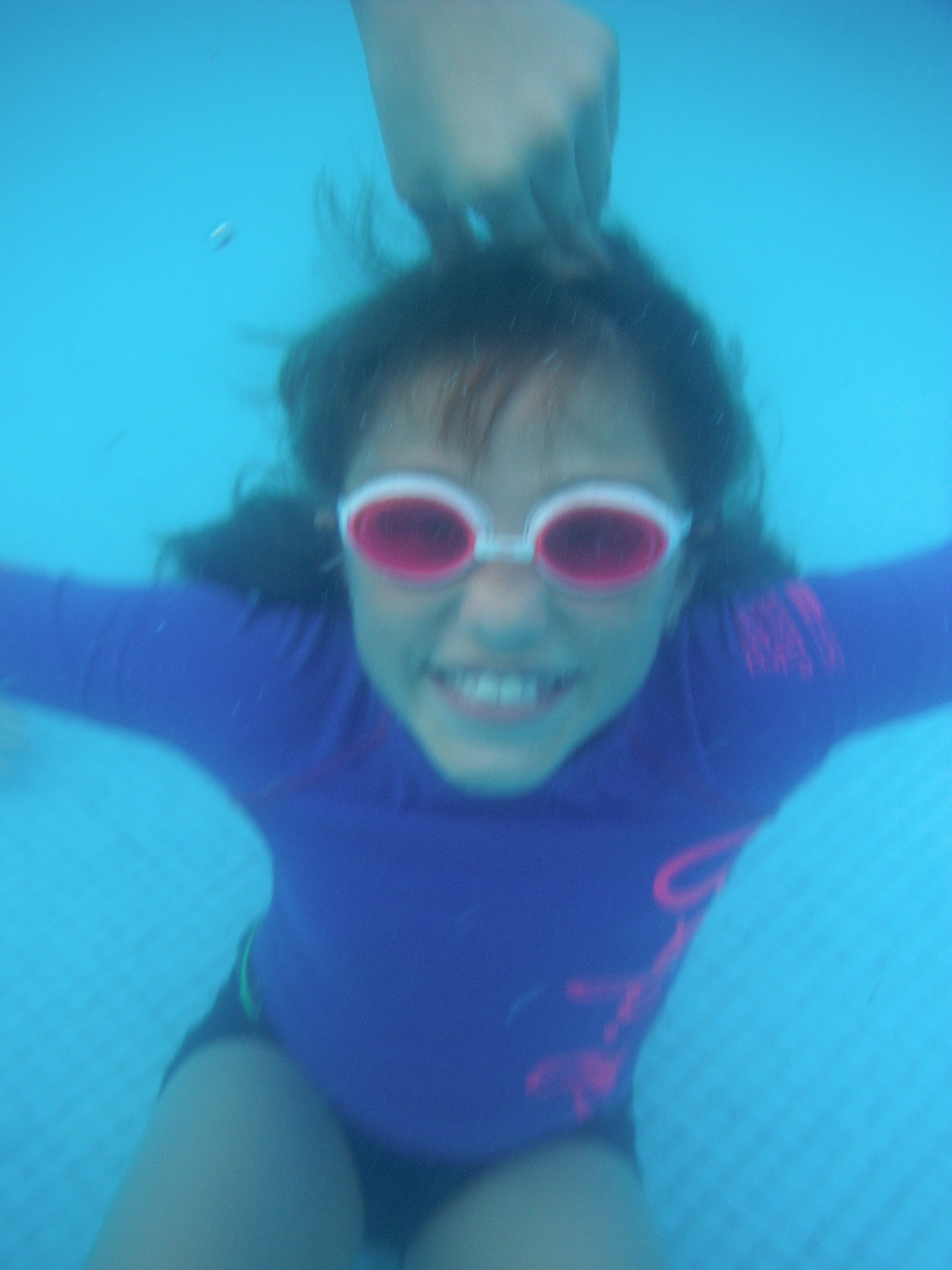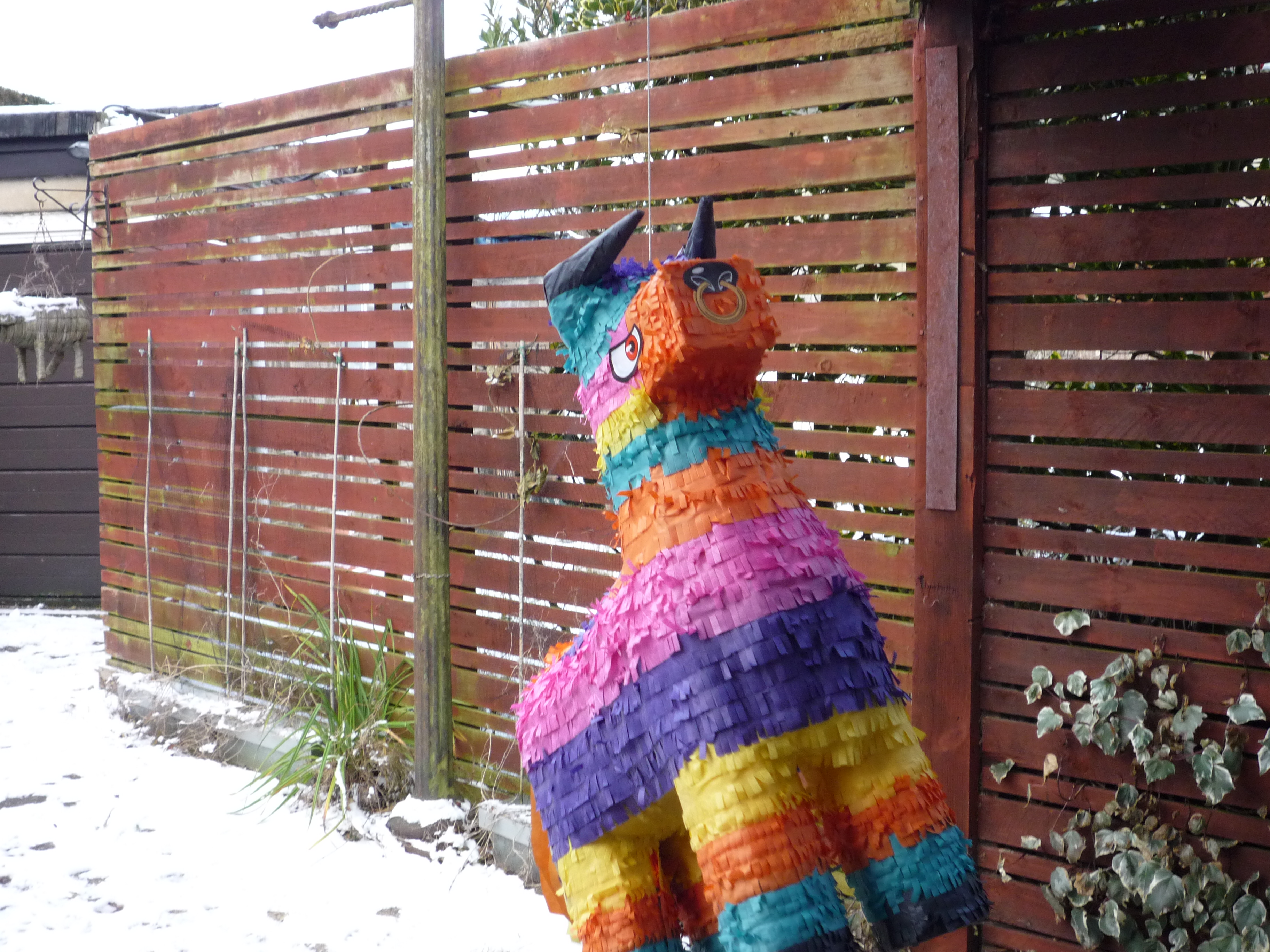 + verb to be in present (am/is/are) + verb in ing + complement.
+ verb to be in present (am/is/are) + verb in ing + complement.
He is coming to the party.
In this unit, you will work with Present continuous, and future is going to in their affirmative, negative and interrogative forms.
You will study the structures and revise the elements of grammar you need to express future ideas with those structures.
You will practice with the selected exercises the structures you have revised in order to prepare you for the real thing: working with present continuous and future be going to in the language skills.
These activities will test how clear the topic is for you, so before starting in this section, be sure you have comprehended and practice enough. These activities count for your grade.
These exercises will help you evaluate how good you dominate the topic. And exam is included to check and complete the formal evaluation.

Geralt. (2012). Time. (Photography). Retrieved on 01-06-2017 from https://pixabay.com/es/reloj-tiempo-artes-engranajes-70182/
Do you think of some examples?
All of the following sentences have a special meaning, and they are used to express something in particular. Let’s see how this works. In this exercise match the ideas with the meaning. You can check your score at the end of the activity.
By the end of this topic, you will:
Use the idiomatic form of future going to in its three forms: affirmative, negative and interrogative in social contexts of everyday life to express opinions, directions, suggestions and requests.

3dman_eu. (2010). Junction. (Illustration). Retrieved on 01-06-2017 from https://pixabay.com/es/de-distancia-junction-direcci%C3%B3n-1019745/
To be + Verb in -ing
As you surely know, this structure can be used to express actions happening in the moment.
Look at this example:
Look at her! She is laughing contagiously in the pool.

Ruiz Guzmán, D. (2016). Swimming girl. (Photography). Retrieved on 01-06-2017.
She is doing that action – laughing- at this moment. That is why it is mentioned look at her.
Now look at these examples:
He is practicing with his piano teacher, because he is presenting this weekend at Teatro Morelos to give a concert.

Coyot. (2017). Pianist. (Photography). Retrieved on 05-06-2017 from https://pixabay.com/en/pianist-piano-music-instrument-2225226/
If you read both sentences carefully, you will realize that one action refers to the present and the other refers to a future idea. Which is which?

Coyot. (2017). Pianist. (Photography). Retrieved on 05-06-2017 from https://pixabay.com/en/pianist-piano-music-instrument-2225226/
He is practicing with his piano teacher |
= |
“He is presenting this weekend at Teatro Morelos to give a concert.” |
This sentences refers to the action that it’s happening now, as you can see in the picture, the man is practicing with his teacher in the piano |
On the other hand: So as you can see, we use the present continuous to express a future idea when we mention a period of time (this weekend) |
What do you think of this sentence:
1.- I am going to go to the mass next Sunday.

Pexels. (2016). Arch. (Photography). Retrieved on 01-06-2017 from https://pixabay.com/es/arcos-arquitectura-1853950/
That sounds like everybody’s promise to mom, right? We usually express that when we want to redeem ourselves, ja ja!!.
Well now look at this example with the same action, but using present continuous:
2.- I am going to the mass next Sunday.

Pexels. (2016). Arch. (Photography). Retrieved on 01-06-2017 from https://pixabay.com/es/arcos-arquitectura-1853950/
The first one is expressing an intention, nothing planned. I may go to the mass or not.
The second one implies a plan. Something has been arranged and you definitely will go to the mass on Sunday.
So, we can conclude that for expressing intentions we use the be going to future.
Promises
Imagine you are throwing a party for a dear friend of yours, but you need help to organize it. So you ask a friend to bring some refreshments and food. Listen to the next audio and then answer the following questions.

Cris. (2010). Piñata. (Photography). Retrieved on 22-05-2017 from https://goo.gl/sLTtPB

Sum It up:
So as you could see, we use the idiomatic future (be going) to express promises and intentions. The Present continuous is used to express plans that are certain to happen, besides actions being done in the moment of speaking.
The forms we are revising in this module are three: Affirmative, Negative and Interrogative.
Structure present continuous
 + verb to be in present (am/is/are) + verb in ing + complement.
+ verb to be in present (am/is/are) + verb in ing + complement.
He is coming to the party.
 + verb to be in present (am/is/are) + not + verb in ing + complement.
+ verb to be in present (am/is/are) + not + verb in ing + complement.
He is not (isn’t) coming to the party
Verb to be in present (am/is/are) +  + verb in ing + complement?
+ verb in ing + complement?
Is he coming to the party?
Structure: Idiomatic future be going to:
 + verb to be in present (am/is/are) + going to + verb in bare infinitive + complement
+ verb to be in present (am/is/are) + going to + verb in bare infinitive + complement
He is going to come to the party
 + verb to be in present (am/is/are) + not + going to + verb in bare infinitive + complement
+ verb to be in present (am/is/are) + not + going to + verb in bare infinitive + complement
He is not going to come to the party
Verb to be in present (am/is/are) +  + going to + verb in bare infinitive + complement?
+ going to + verb in bare infinitive + complement?
Is he going to come to the party?
Exercise 1. Let’s practice a little
In the following set of exercises, you will practice the simple future and the idiomatic going to reinforce the structures we revised so far. You only have two attempts to do the whole activity. In the end, you will see where and why you were wrong or right.
Chose the best option to complete the following sentences with present continuous. Drag the different options to the appropriate spaces to complete the sentences. You have two attempts to answer the exercise. You can know your score at the end of the exercise.
Exercise 2. Work out
Grammar. 3. Multiple choice
In the following activity, you will practice the simple future and the idiomatic going to reinforce the structures we revised in this unit. You only have three attempts to do the whole activity. In the end, you will be able to understand the structure and the meaning of it, remember that with structures we can express promises, intentions, instant actions and plans.
Work out
Let’s practice Be going to forms to express promises and intentions and Present continuous forms to express plans and actions happening in the moment of speaking.
Activity 1
As you could realize, the present continuous and the idiomatic future going to are two structures used to express plans, promises, intentions and activities happening at the moment of speaking (momentaneous). That is why we suggest you practice them identifying them in ideas.
We present the text "The Future", you will use it to do two activities. One is about the meaning, and the other is about the function of the present continuous and the idiomatic future going to.
After having read the text do the activities proposed in this section.
Functions: In the text, there are some expressions in green using modal verbs. Can you organize them according to the function: Promise, Plan, Intention, or momentaneous action?
Activity 2
In this activity, you will practice your listening skills, and you will have scoring exercises. Remember that you can listen as many times as you need to comprehend the conversation thoroughly. Also, please pay attention to the meaning of the ideas; in other words, what it is being expressed.
You will listen to two friends planning a surprise party for a familiar friend. We recommend that you read the questions first before you listen to the audio.
Go for it!
Now, listen carefully to the first part of this funny story and then answer the comprehension questions.


Sergemonami. (2015). Festival. (Photography). Retrieved on 01-06-2017 from https://pixabay.com/es/bigote-disfraz-m%C3%A1scara-festival-1214678/.
Listen again to the whole story, and try to identify the future ideas contained in the conversation. Some are extracted for you. Drag the possible function and drop it on the best option.
You have two attempts to answer each exercise. You can know your score at the end of the exercise.

Activity 3
Imagine you are asked to make a composition to get a scholarship for CONACYT, and it is required that you expressed your intentions, plans and promised products for a research plan.
Instructions. Write a short composition, including the elements mentioned above. Please take a look at the file writing activity to check the items you need to cover in your writing.
The text has to have between 200 – 250 words. Include an introduction paragraph explaining why you want to have the scholarship and funds. Before submitting your draft, check it out using the rubric specially design for this activity.
Then evaluate yourself using this checklist:
Activity 4
Imagine you have this special gift that allows you to see the future, like a fortune teller. Have you asked yourself the thing you might know ahead before they happen?
In this activity, you have to record yourself expressing the following:
-Promises and intentions (be going to)
-Plans and momentaneous actions (Present continuous)
Remember that you have this incredible power, so express that in your recording. Also, use the rubrics to check that you covered all the audio elements and evaluate yourself.
Now that we have revised the communicative function of present continuous to express future ideas, it is time to check how well you understand them.
Choose the most appropriate option for the following statements. You can know your score at the end of the exercise.
Now that we have revised the communicative uses of the Idiomatic future be going to, it is time to check if you understand them well.
Instructions. In the following activity, please select the most appropriate option: PO or I.
Select the option you think fits better. The four functions are mixed. Read the sentences carefully to select the best one and select the correct choice.
Chamot , U., et. al. (2008).The learning strategies. NY:Longman.
Eastwood, J. (1999). Oxford Practice Grammar. Hong Kong: OUP.
Harmer, J. (2004). Just Grammar. Malasia: Marshal Cavendish.
Delors, Jaques (1994). "Los cuatro pilares de la educación", en: La educación encierra un tesoro. UNESCO, pp. 91-103.
Consejo de Europa. (2010). Marco Europeo Común de Referencia para Lenguas. Aprendizaje, enseñanza y evaluación 10 ed. NY, EU: Cambridge University Press